Erromango

Vega
Hugh and Annie
Tue 21 Aug 2018 09:28
Erromango provided the opportunity to relive some of our worst dinghy experiences, with memories of the Barbuda saga flooding back. A large swell was coming into the bay and pounding onto the steep shingle beach. This not only made for an extremely rolly anchorage (thank goodness for the new bow roller) but made getting ashore a big issue. The village of Unpongkor is located at the mouth of a small river and can be accessed by boat via the river, the snag being that there is a shallow bar which should easily be crossed at high tide. Given the tidal range of about one metre the locals have very shallow draft boats and a well practised ability to judge the waves and ride the crests over the bar. Lacking this ability ourselves we gingerly headed up to the bar at high tide, hit the bottom with the outboard, turned around..... and faced a larger than average breaking wave coming straight at us. Nothing for it but to brace ourselves and hope for the best. The best turned out to be a complete soaking as the wave washed over us but otherwise the outboard was still going and amazingly there was very little water in the dinghy. Back to Vega for coffee, to dry off and re-group. Later in the morning the swell seemed to have gone down a little and we opted for a quieter stretch of beach where a local man helped us pull the dinghy up onto the shingle and we walked into the village. There are three things of interest to passing yachties on Erromango. Caves littered with the bones of many islanders together with a tree in which the skulls of former chiefs have been placed. Waterfalls and the Cowrie forest that involve a two day walk, camping out overnight. And then there is the outline of the first missionary to the island, John Williams, carved around his dead body on a rock in 1839, just before his body was divided up between the villages and eaten. Actually I am rather tickled by this - maybe the islanders took the communion sacrament a little too literally. Maybe John Williams was flattered to have been eaten as the body of Christ. Whatever, we only had time to visit John Williams and after a guided scramble along the riverbank were disappointed to find only a small plaque and no trace of the missionary’s outline. There has been great pressure from commercial interests to open up Erromango for logging of the forests - the island is a significant source of sandalwood and has extensive natural kauri forest. This has been resisted by the landowners from an awareness of the obvious environmental and social consequences but there is now a government proposal to build a road all the way around the island. It could be a white elephant similar to a government project that has led to an overgrown, barely walkable track around Matuku in Fiji. When we read of the plan we immediately suspected the presence of Chinese funding although we have no evidence for this. It would make a good thesis to weigh up the drivers for and likely pros and cons of building a road around an otherwise undeveloped island under considerable external commercial pressure. We and most yachties we have met are impressed by the levels of investment and prosperity on the French islands. (For a historical perspective on this in the Marquesas I can thoroughly recommend Herman Melville’s “Typee”. As I am now discovering, and should have read while we were there, this is a wonderful account of Melville’s time on Nukuheva after jumping ship from a whaler, five months after the French had moved into take control). In somewhere like unregulated Vanuatu the benefits for the local populations of outside investment may be less clear and we have seen lots of examples on our travels of huge wealth cheek by jowl with crushing poverty. Interestingly there is an independence referendum coming up in New Caledonia later this year. From a historical perspective one can understand a wish for self governance. However, let’s hope the decision is based upon facts and reasoned judgement. If it is anything like the Brexit fiasco this is unlikely to be the case.  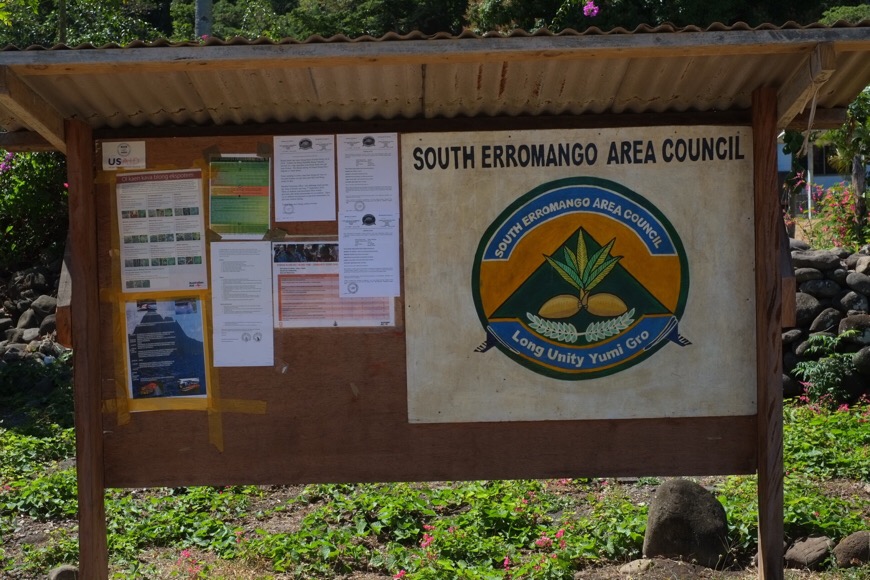 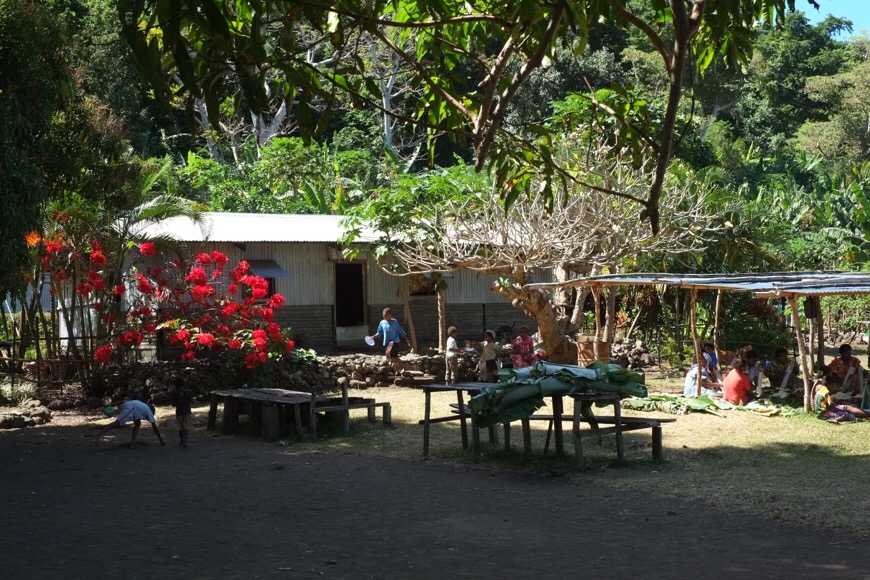  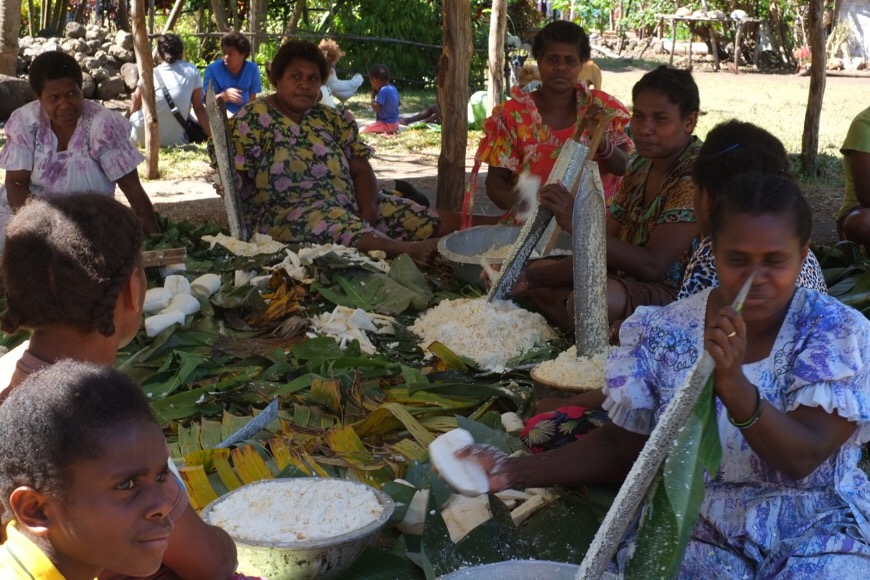  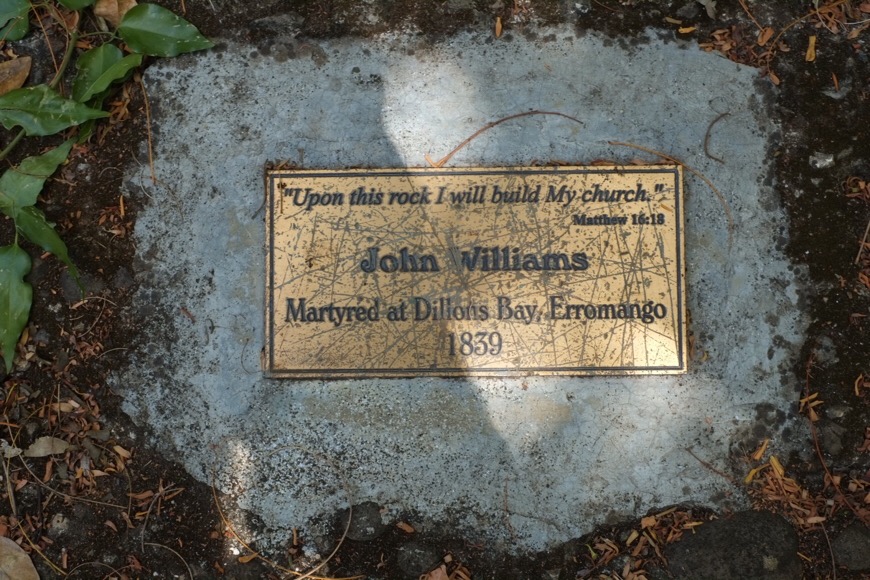 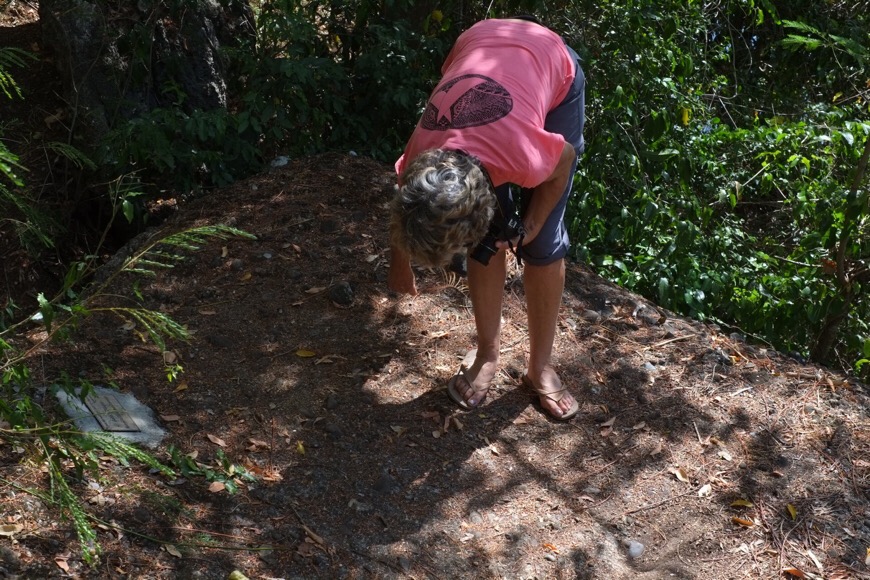 His outline is there somewhere.............  |